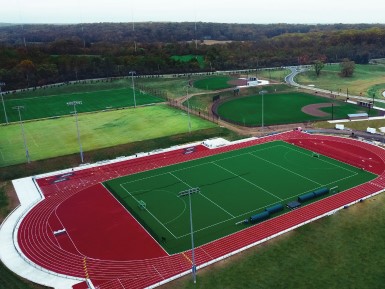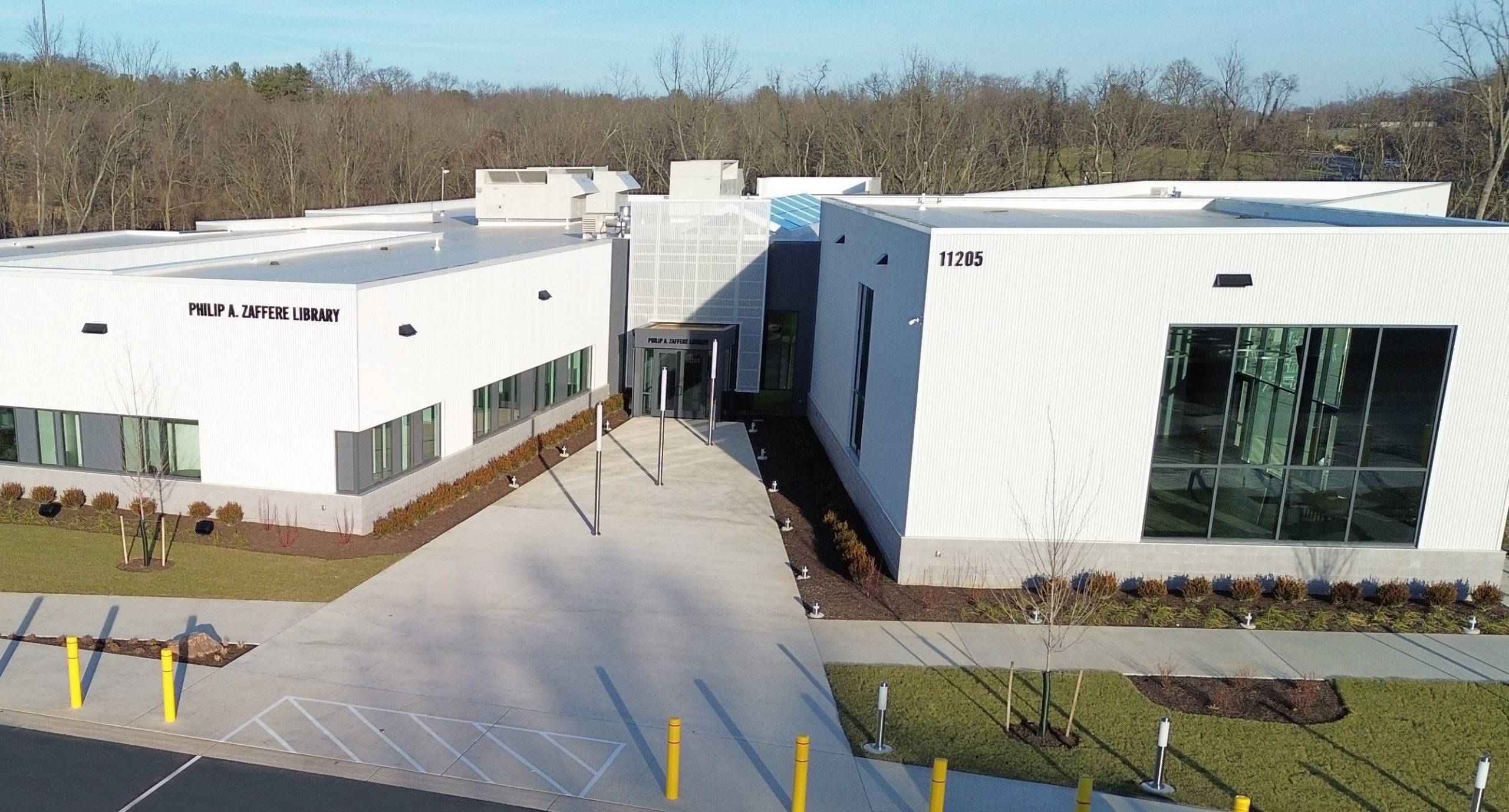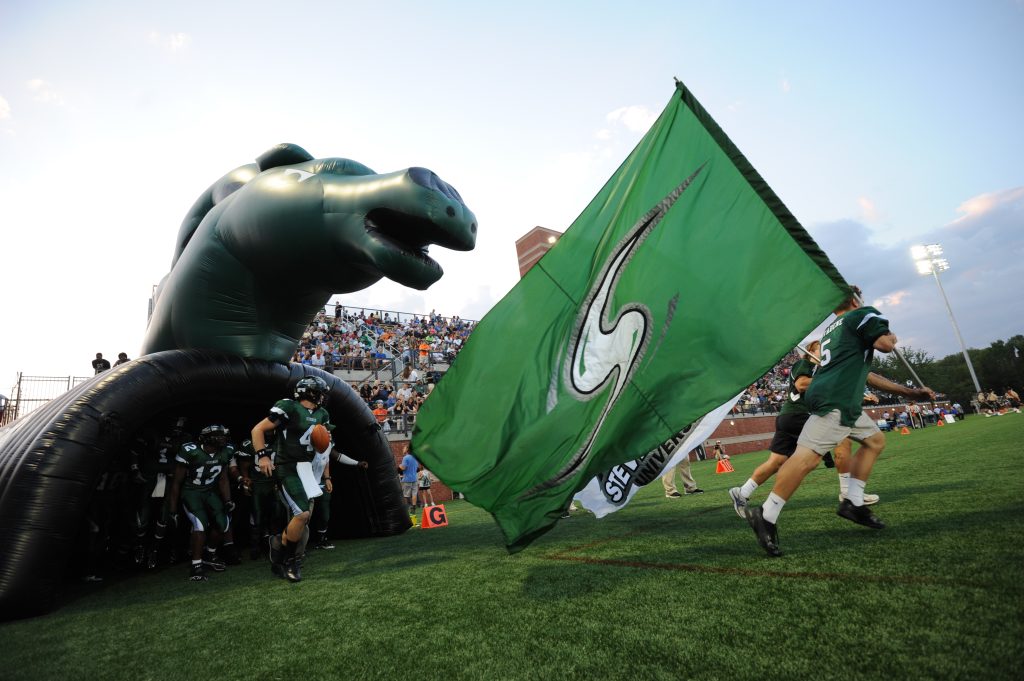
Loy’s Station Covered Bridge (above)
On Saturday, October 10th, select Stevenson University faculty and students toured the Frederick-Thurmont of Maryland in order to study timber framing techniques from the 18th and 19th centuries. Representing Stevenson University’s Public History Program were Professors Johnston, Boulton, and Goodall, as well as students Mark Proctor, Jahlani Harris, and Stephanie White. PHIST grad David Di Bella, now a National Park Service Ranger, accompanied the expedition, too. We examined the preservation history of the Roddy Road, Loy’s Station, and Utica Mill Bridges near Thurmont, as well as the Schifferstadt house in Frederick. Guiding the tour was Dean Fitzgerald, owner of Fitzgerald’s Heavy Timber and preservationist of note.
Dean Fitzgerald: Preservation Professional and Tour Guide (above)
The historic buildings of Frederick County are modern day laboratories for investigating how timber framing was done back in the 18th and 19th centuries. The fact that there are structures like this for us to study today are a testimony to the work of the Frederick County Landmarks Foundation. Although we have our own landmarks to study in Baltimore County, the covered bridges and Schifferstadt Museum of Frederick County are unique. The story of the preservation efforts associated with each of them is worthy of our study, and Dean Fitzgerald was gracious enough to take time out of his weekend to explain to us what we were seeing that day.
On the shortest covered bridges, a simple King Post Truss sufficed to support the bridge. A traditional truss type dating from the Middle Ages, the King Post Truss is the simplest form of a truss bridge.
King Post Truss used on the Roddy Road covered bridge in Thurmont, Maryland. (above)
For bridges of a greater length, the Multiple King Post Truss was more frequently used.
Multiple King Post Truss used on the Loy’s Station covered bridge in Thurmont, Maryland. (above)
The Burr Arch Truss was invented in 1804 and was patented in the US in 1817. It is a unique combination of arch and truss, each performing a separate function, but which acting together support the load on the bridge and provide greater stability to the bridge.
Burr Arch Truss as seen on the Utica Mills covered bridge in Thurmont, Maryland. (above)
After crawling around under the three covered bridges, walking through and examining each of them, and studying the construction techniques used to make them, the students better understood what Eric Sloane, author of their textbook “Eric Sloane’s America” was trying to communicate about covered bridges and barns being a window onto the skills and technologies in America’s past. In today’s modern world, it is easy to denigrate the efforts of our forebearers as they struggled to develop this nation. The more one studies their work, however, the more one is impressed by their foresight, technical knowledge, and skill.
Front Row L-R: Jahlani Harris, Dean Fitzgerald, Mark Proctor, Glenn T Johnston, Dave Di Bella
2nd Row L-R: Jamie Goodall, Stephanie White





